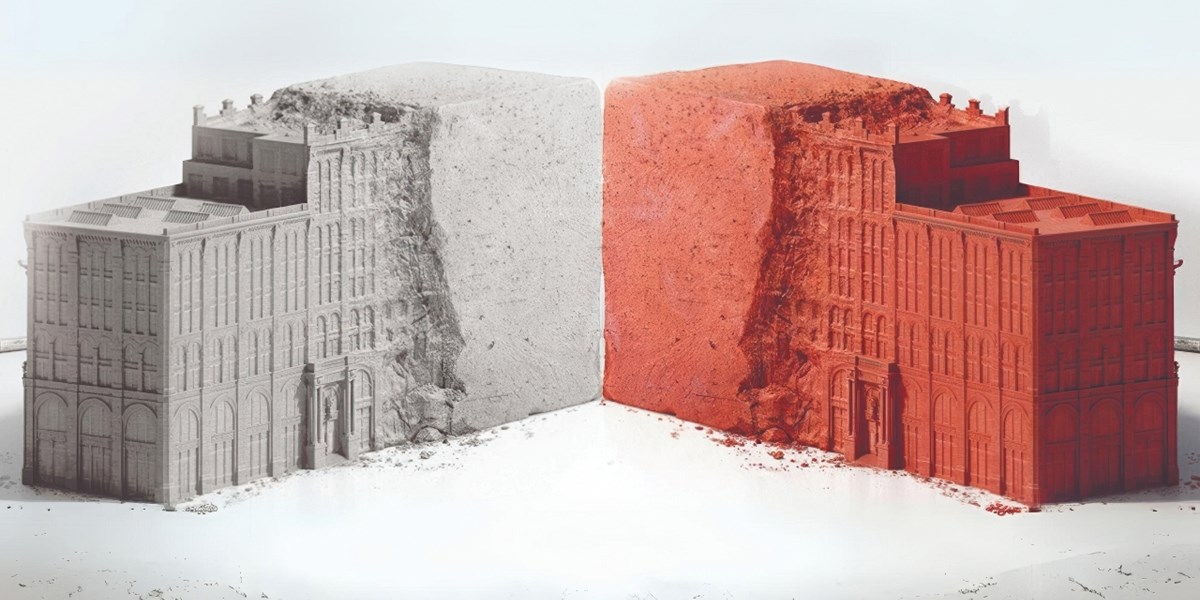The Difference Between V-Lite Blocks and Traditional Red Bricks: A Comprehensive Comparison

When it comes to modern building materials, V-Lite foam concrete blocks have emerged as a sustainable and highly efficient option for both residential and commercial projects. Compared to traditional red bricks, V-Lite CLC blocks offer superior performance in terms of thermal insulation, soundproofing, and cost-efficiency. Their lightweight structure and eco-friendly properties make them an excellent choice for green building and sustainable construction. Discover why V-Lite foam concrete blocks are becoming the go-to solution for innovative construction projects.

1. Strength and Durability
- Traditional Red Bricks: While red bricks offer good compressive strength, they tend to crack and degrade in moist environments, requiring more frequent maintenance.
- V-Lite Foam Concrete Blocks: With a closed-cell structure and high compressive strength, CLC blocks provide excellent resistance against environmental stress. V-Lite foam concrete blocks can handle loads up to 7.69 tons, making them ideal for high-rise buildings and projects that demand structural integrity and longevity.
2. Cost-Efficiency in Construction
- Traditional Red Bricks: Though inexpensive upfront, red brick construction requires more labor and mortar, driving up overall costs.
- V-Lite CLC Blocks: Foam concrete blocks save up to 17% in material and labor costs. Thanks to their lightweight nature and self-locking mechanism, they reduce construction time, allowing contractors to finish projects faster and more efficiently.
3. Superior Insulation Properties
- Red Bricks: While red bricks offer decent insulation, they fall short when compared to foam concrete blocks in terms of thermal and sound insulation.
- V-Lite Foam Concrete Blocks: These blocks excel at thermal insulation and soundproofing, making them the preferred choice for eco-friendly buildings. Their closed-cell structure reduces heat transfer, lowering energy consumption and improving indoor comfort.
4. Environmental Impact
- Traditional Red Bricks: The production of red bricks consumes large amounts of energy and contributes to soil degradation due to clay extraction.
- V-Lite CLC Blocks: Made from eco-friendly materials, including recycled products like fly ash, V-Lite blocks dramatically reduce the carbon footprint of construction projects. Their lightweight nature also lowers transportation emissions, making them an ideal choice for green construction.
5. Water Resistance and Stability
- Red Bricks: Red bricks absorb moisture, which can lead to mold and structural degradation in damp climates.
- V-Lite Foam Concrete Blocks: With their closed-cell foam structure, V-Lite blocks resist water infiltration, ensuring long-term durability and stability, even in harsh environmental conditions.
The choice between traditional red bricks and V-Lite blocks depends on the specific requirements of the construction project. V-Lite blocks offer a modern, sustainable solution that reduces costs, improves energy efficiency, and provides long-lasting durability. As a result, they are becoming the preferred choice for green and high-tech construction projects.
Cellular Lightweight Concrete Technology
We are one of the leading manufacturers of CLC foam concrete equipments, and have exported to many countries around the world. We can supply machines as part of a production line, or complete turn-key manufacturing plants.
Lightweight Concrete Equipments
Share your project details with us, and we'll ensure the right team member gets back to you promptly.